The Root Canal Anatomy Project Maxillary First Molar
Maxillary right permanent first molar to maxillary left deciduous second molar: UR6-ULE: Open in a separate window. Palatal expansion was simulated by applying transverse expansion forces to the maxillary right deciduous first molars (URD) and second molars (URE) or the maxillary permanent first molars (U6) on both sides of the palate.
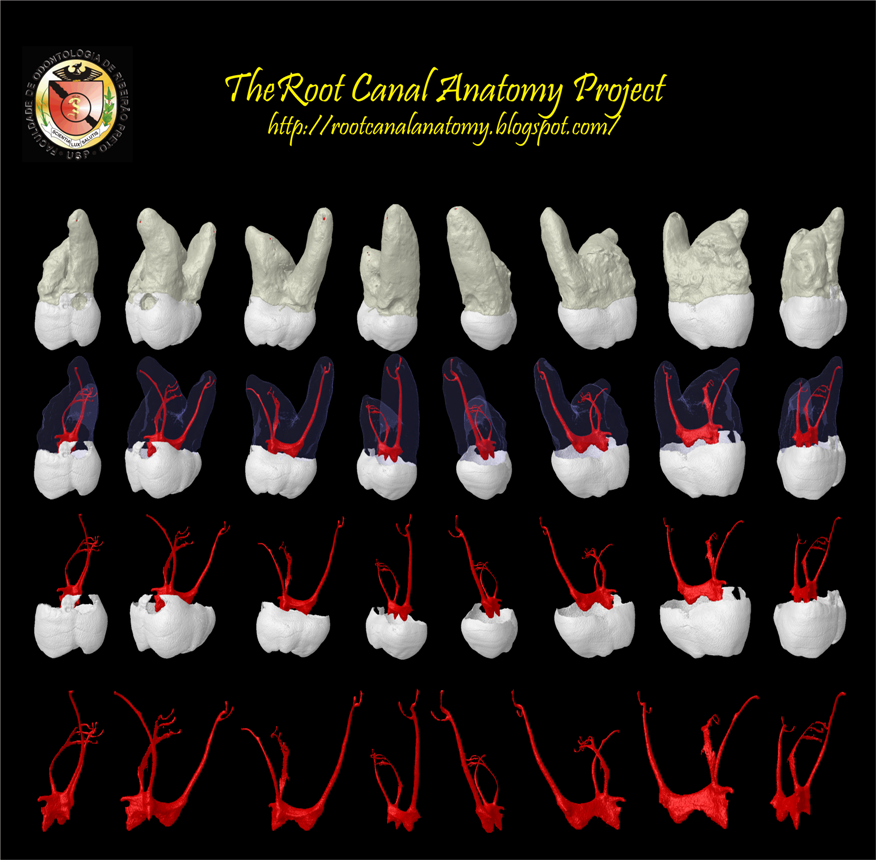
The Root Canal Anatomy Project Maxillary First Molar
- objectives of Endodontic Convenience form 1. unobstructed access to the canal orifice 2. direct access to the apical foramen - freedom within coronal cavity to reach apex in unstrained position 3. cavity expansion to accommodate filling techniques 4. complete authority over enlarging instrument

Maxillary First Molar Root Canal Anatomy
There are 4 major types of canal systems in the mesiobuccal root of the maxillary first molar: type I, single canal from pulp chamber to apex; type II, 2 separate canals leaving the pulp chamber, but merging short of the apex to form a single canal (Figures 2 and 3); type III, 2 separate canals leaving the chamber and exiting in separate foramin.

3d model maxillary molar
The first maxillary molar is the only tooth of the maxillary molars, which sometimes has a 5th cusp called the cusp of Carabelli . The cusp of Carabelli is usually connected with the mesiolingual cusp. Also, the 5th cusp groove is usually present. The highest point of each cusp is known as the cusp apex .
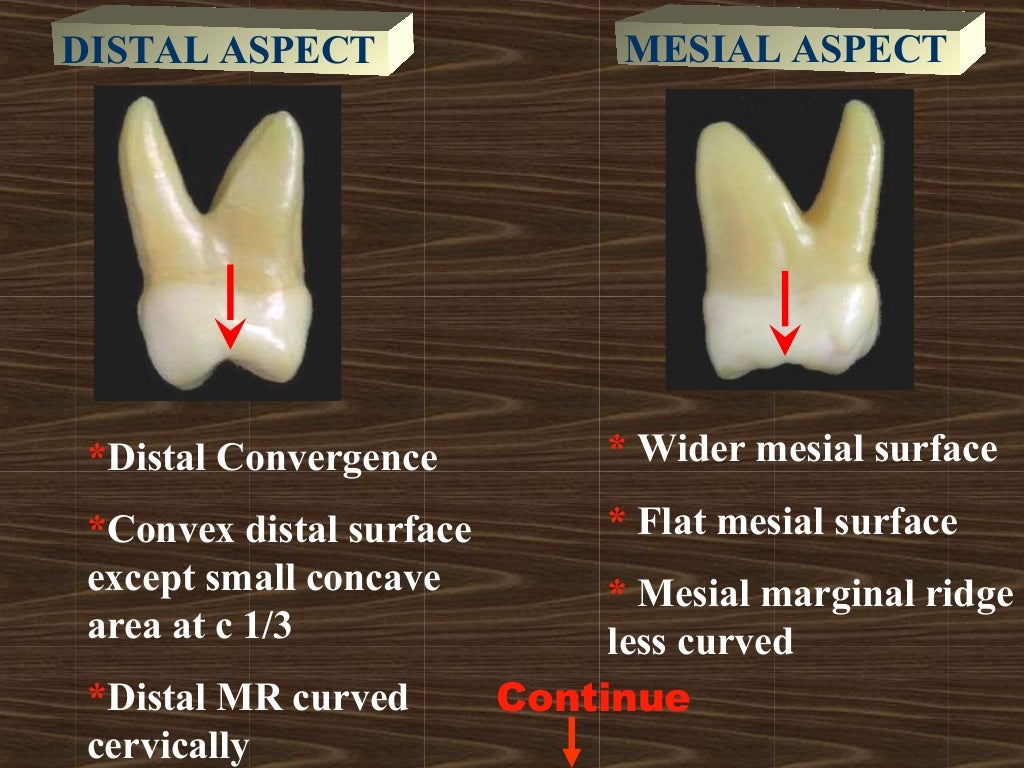
maxillary first molar
As the complex anatomy of maxillary first molars is one of the major challenges in endodontic therapy, knowledge of the complicated root canal anatomy and configuration is crucial to ensure the success of endodontic treatment and prognosis.
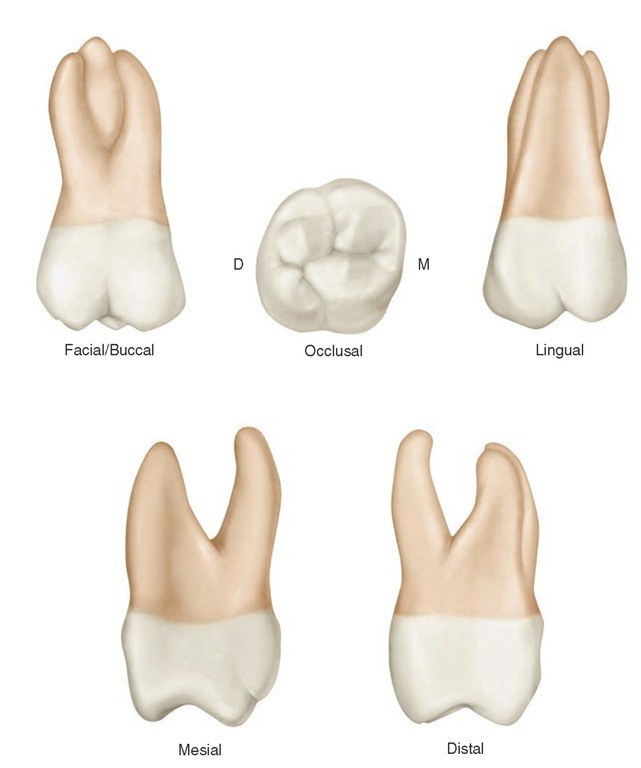
Review of Tooth Morphology (Dental Anatomy, Physiology and Occlusion) Part 2
The Maxillary First Molar Region. The posterior maxilla has been described as the most difficult and problematic intraoral area for implant placement. Both anatomic features and mastication dynamics contribute to the challenge of placing implants in this region. Anatomic factors in the maxillary first molar region include decreased bone.
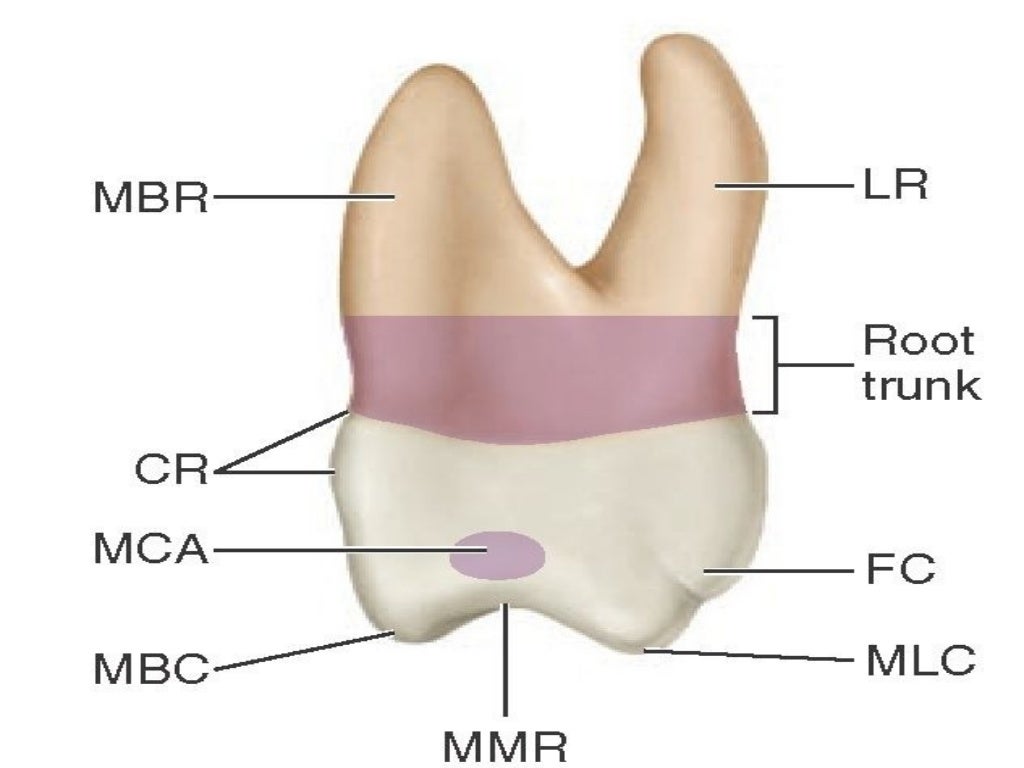
maxillary first molar
First molars are missing in one-third of the cases, the second molars in almost all the cases and the wisdom teeth are always missing.. Further, the maxillary first premolars presented a 3.2 mm extrusion. 86 The second premolars were extruded 1.9 mm according to Brickman et al, 87 while in contrast Haydar & Uner found 1.9 mm of intrusion. 88.

Permanent upper first molar tooth. 3D illustration of the anatomy of the maxillary first molar
On maxillary first molars, there is usually a longitudinal root depression on the lingual side of the lingual root (seen aligned with the lingual groove of the crown on many lingual roots of maxillary first molars in Fig. 5-27). The buccal roots often spread out far enough that they are visible behind the lingual root from this view, especially.

Unilateral Protostylid on Buccal Surface of Permanent Maxillary First Molar A Rare Finding JPDA
The first maxillary molars have the following numbers according to different dental notation systems: 3 and 14 ( Universal Tooth Numbering System) 16 and 26 ( ISO-3950 system) 6⏌and⎿6 ( Palmer system) The numbers of the second maxillary molars are as follows: 2 and 15 (Universal Tooth Numbering System) 17 and 27 (ISO-3950 system)
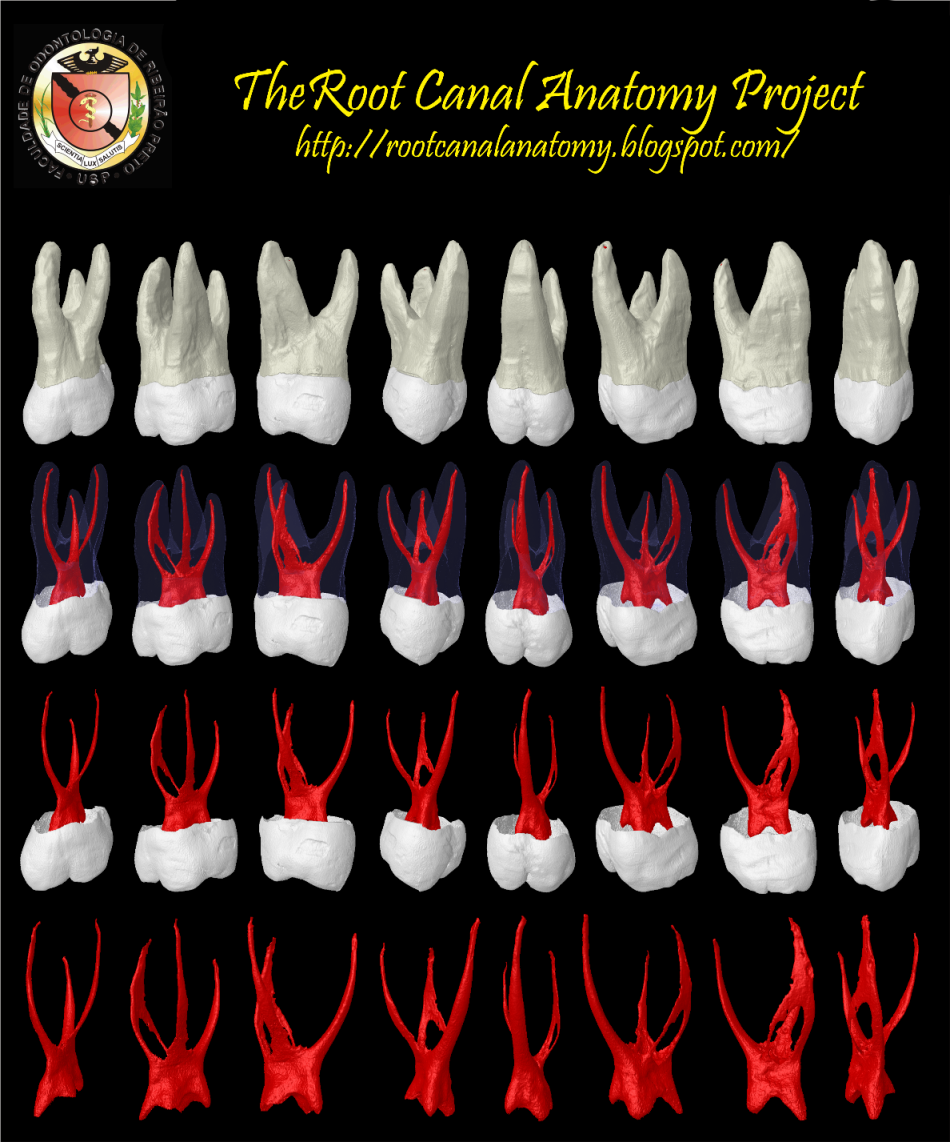
The Root Canal Anatomy Project Maxillary First Molar
Permanent maxillary and mandibular first molars are the first permanent teeth to erupt into the oral cavity along with the mandibular incisors. It serves as an excellent record of maternal and fetal health, reflecting the prenatal, perinatal, and postnatal health and diseases.

maxillary first molar
Maxillary first molar Dens molaris primus maxillaris. Latin synonym: Dens molaris primus superioris Synonym: Superior first molar Definition. There is no definition for this structure yet. Suggest a definition I agree herein to the cession of rights to my contribution in accordance with the Terms and.
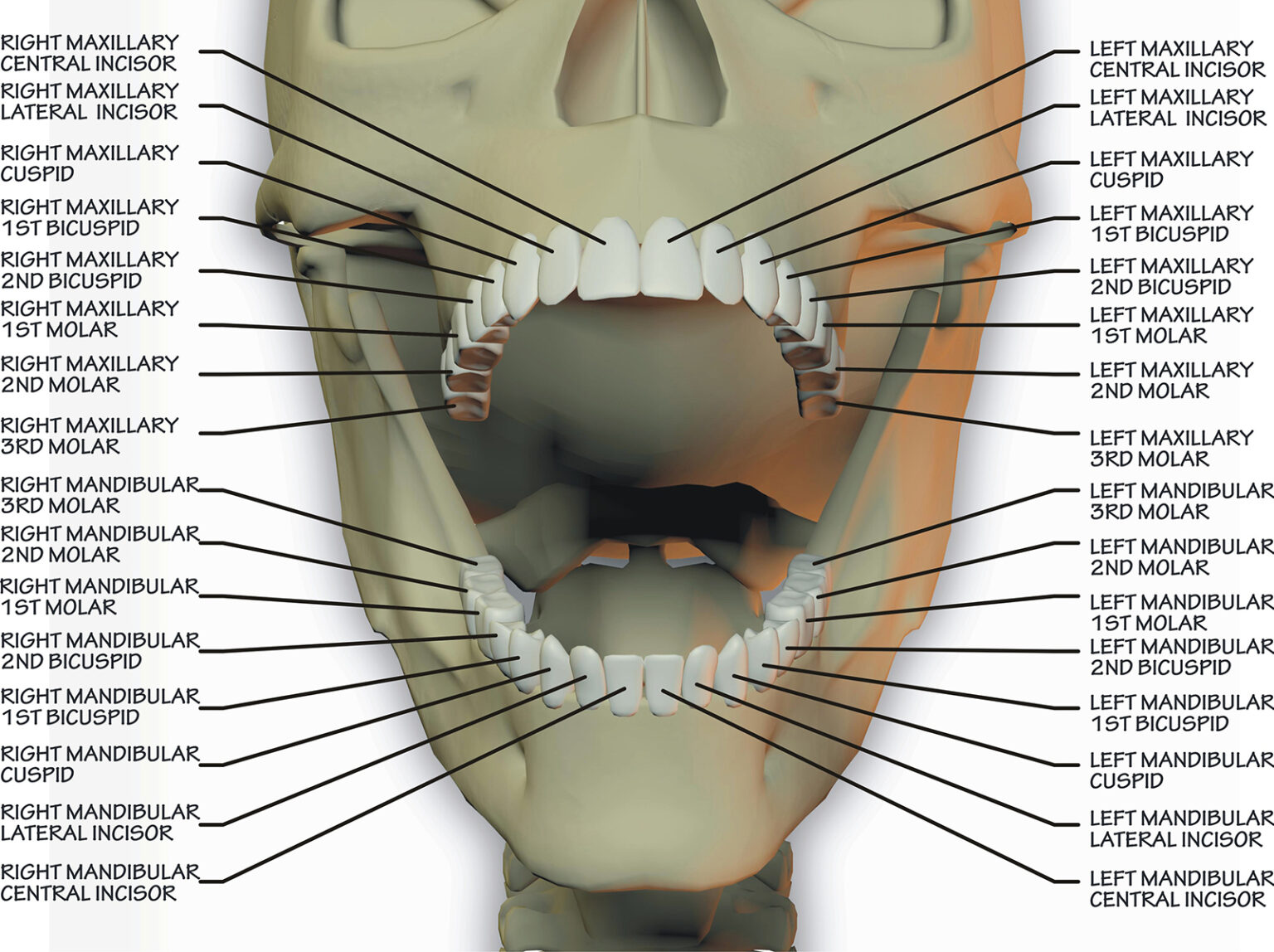
Sterling Smiles Azle Difference between Maxillary and Mandibular molars
Maxillary first molars are generally three-rooted with four root canals (Fig. 4.13 ). The additional canal is located in the mesiobuccal root. The canal form of the mesiobuccal root has been extensively investigated.
The Root Canal Anatomy Project Maxillary First Molar MB2
The maxillary first molar tooth is one of the three molar teeth that are found in a quadrant of the maxillary dental arcade. It includes the following bony features: - parts: crown, root, and cervical line; - surfaces: buccal, lingual, mesial, distal, and occlusal surfaces;
The Root Canal Anatomy Project Maxillary First Molar
The maxillary first molar (see figure 4-25) is the largest tooth in the mouth. It develops from four lobes and is often called the "six year molar" because of the age at which it erupts. a. Facial Surface. The facial surface is convex in all directions.
The Root Canal Anatomy Project Maxillary First Molar MB2
The maxillary first molar is the human tooth located laterally (away from the midline of the face) from both the maxillary second premolars of the mouth but mesial (toward the midline of the face) from both maxillary second molars .
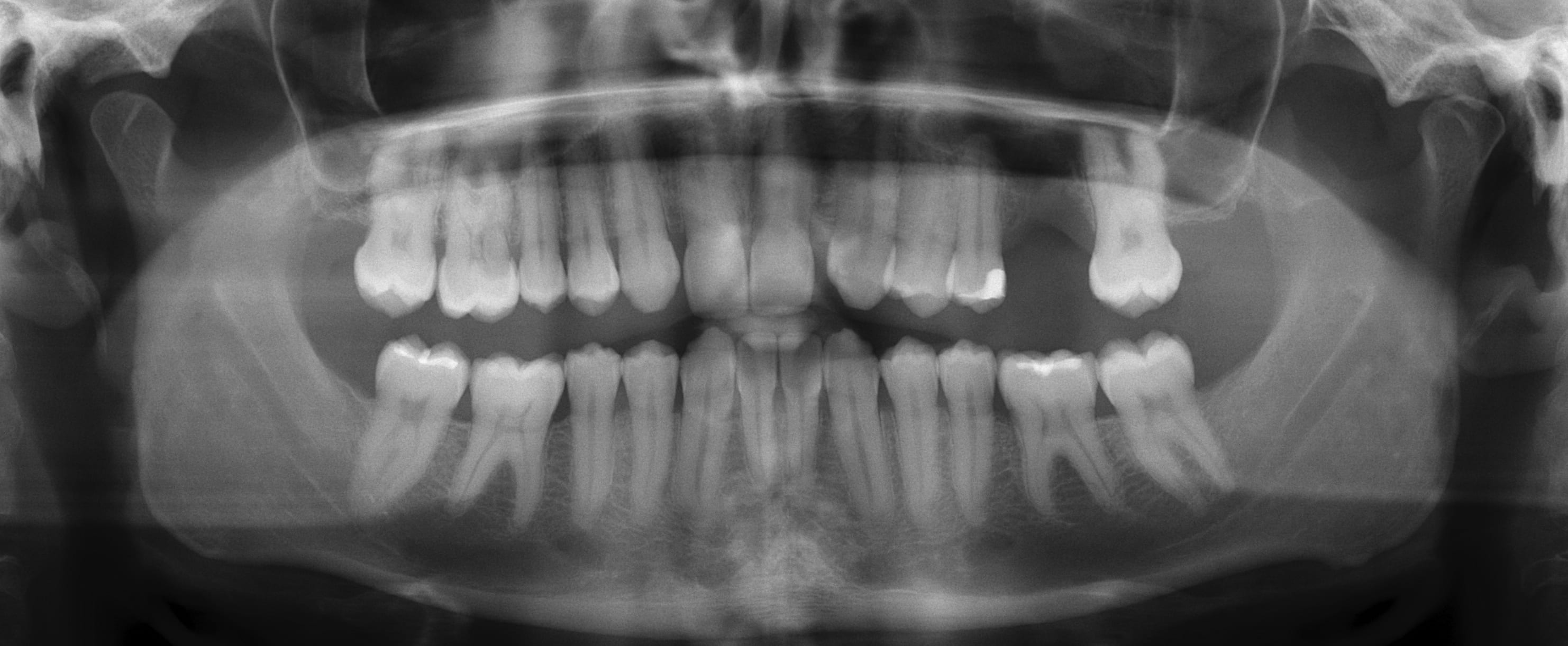
Replacement of a missing first left maxillary molar following tooth loss due to endodontic
Primary teeth are labeled in the following classification system and are designated in a clockwise direction: A: Right maxillary 2nd molar B: Right maxillary 1st molar C: Right maxillary canine D: Right maxillary lateral incisor E: Right maxillary central incisor F: Left maxillary central incisor G: Left maxillary lateral incisor